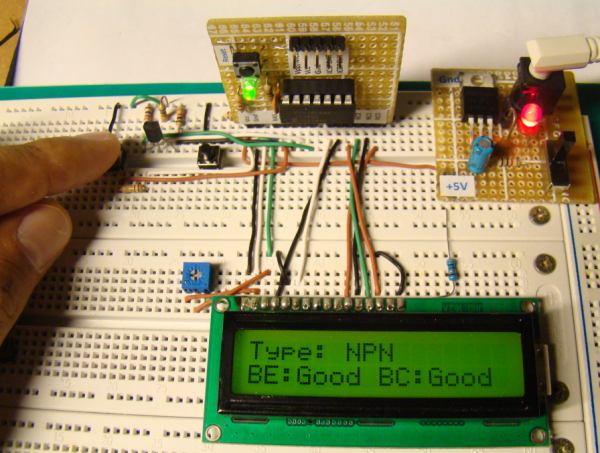If your digital multimeter does not have features for testing diodes and transistors, hold on, here's a project that describes how you can construct one by yourself. This project is based on a PIC16F688 microcontroller and uses the simple concept of unidirectional conduction of PN juction to find if the diode or transistor is good or bad. The test results are displayed on a character LCD. It also shows the type of the transistor (NPN or PNP) as well as which of the PN junctions are open or short in a faulty transistor.
Source: http://embedded-lab.com/blog/
The firmware is developed using MikroC Pro for PIC compiler. For the details of the circuit diagram and firmware, visit here.

Comments
Post a Comment